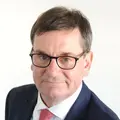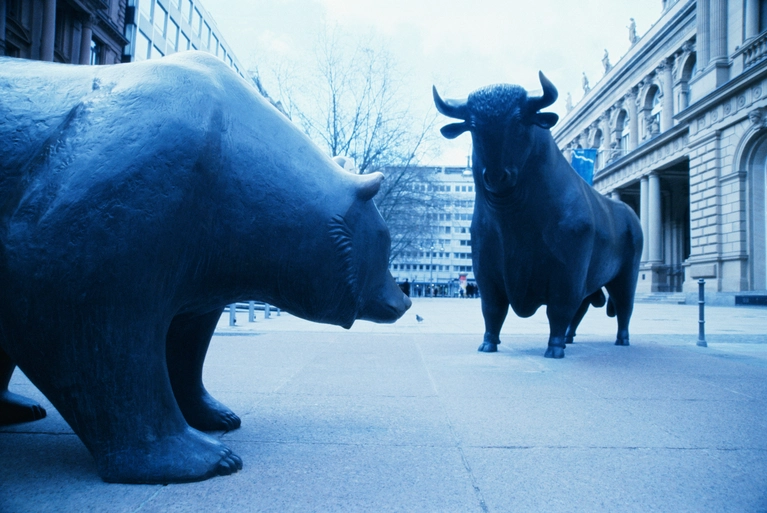An inverse interest rate structure is generally regarded as a sure sign of an approaching recession. "It is therefore no wonder that economists around the world are extremely skeptical about economic developments," says Mathias Beil, Head of Private Banking at Hamburg-based Sutor Bank. However, the markets do not seem to see the risk of recession as so great - and initial indicators from the real world are proving them right. However, it is still too early to sound the all-clear, as in the past 50 years recessions have occurred within two years of interest rate inversions.
The outlook for the capital market over the next few months will depend crucially on how badly the US economy is affected. "If we manage to avoid a recession, the entire global economy can breathe a sigh of relief," says Mathias Beil. "Historically, never before have so many economists been as skeptical as they are now." The clearly inverse interest rate structure, i.e. the gap between the yield on ten-year US government bonds and two-year US bonds, is cited as an argument. This has reliably predicted a recession since the 1950s.
The usual yield curve shows lower interest rates for shorter-term bonds; the longer the term, the higher the interest rates. "A reversal of this structure, which is considered normal, historically indicates a weakening of the economy," says Beil. This means that the future prospects are assessed as worse than the present and therefore less money is in demand. A recession then seems inevitable.
Such a recession would also depress the markets, which are currently still strong, and lead to significant price falls. "However, we are currently seeing the opposite trend," says Beil. "In the USA, for example, real disposable incomes are surprisingly rising again." The first analysts have slightly raised their growth forecast for the USA to up to 1.5 percent this year. "But that doesn't mean much," says Beil. "Because historically, it can take up to two years between the start of the phase of inverse interest rates and the onset of a recession." So the USA is not out of the woods yet - and Europe has already started its recession.
Even if many experts are only talking about a technical recession: In Europe, on the other hand, the signs are still pointing to negative growth. The inverted yield curve in German government bonds is characteristic of the eurozone. "Unlike in the USA, the growth forecast for Germany has not been raised, but has recently even been downgraded by some analysts," says Beil. "This could lead to faster growth in the USA and a sideways movement in Europe."


![[Translate to English:] Deutsche Flagge vor dem Bundestag](/fileadmin/_processed_/6/8/csm_maheshkumar-painam-HF-lFqdOMF8-unsplash_fde0da4c98.webp)


